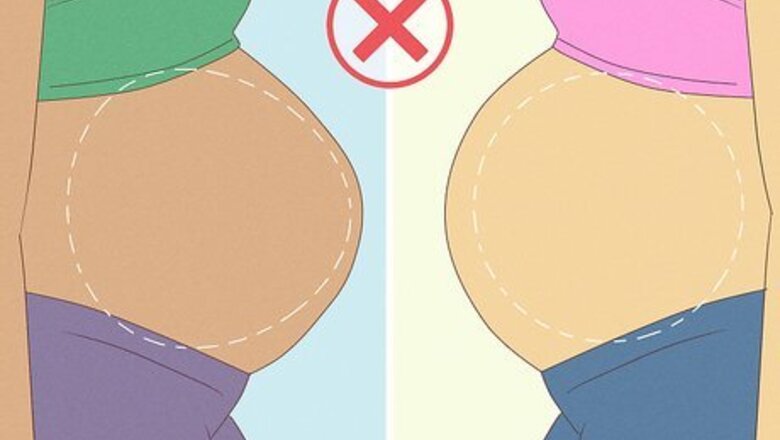
views
Can you use the shape of the baby bump to determine a baby’s sex?
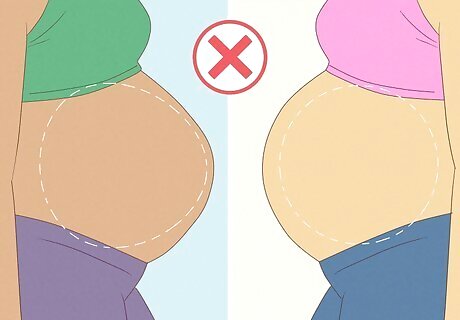
As fun as it would be to do this, it doesn’t really work that way. Unfortunately, you need a medical pro to determine the sex. There are a few factors that go into the look of a baby bump, but a child’s sex isn’t one of them. Potential factors influencing the shape of a baby bump include: Being a first-time mom or not. A woman who has delivered before will typically carry babies lower, since the uterus and abdominal muscles are used to carrying. Carrying twins, or being close to delivery. The bump tends to be bigger in both scenarios. Your fitness level. If you’re fit, you likely have stronger abs to support the bump. This can make it sit higher on your abdomen. Your weight. If you’re on the thinner side, the bump will simply look bigger relative to your body’s shape.
How Baby Bump Analysis Supposedly Works
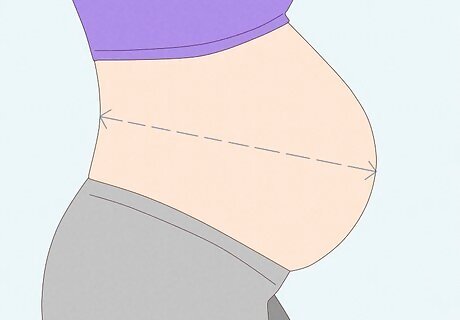
You look at the size of the bump since boys are often bigger. Newborn boys typically weigh slightly more than newborn girls. In theory, this means that a baby boy should make a bump bigger than a baby girl. The premise here is that you’d start by taking the overall size of the baby bump into account. You might already be seeing a problem here. Without two baby bumps on the same person, all of this is relative to your basic impression. Still, this can be a fun exercise!
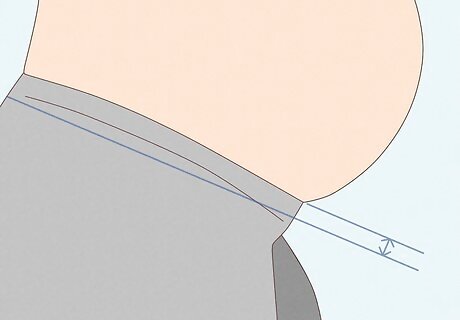
You look at the height of the bump, since boys are heavier. Baby boys tend to be a little bit heavier, the old wives’ tale suggests that these baby bumps should rest lower on the hips. If the baby bump is a little above the hips and resting higher on the abdomen, conventional wisdom says it’s a girl because it doesn’t weigh as much. The height of the bump actually depends entirely on the strength of your abs and the shape of your uterus.
What’s the problem with the baby bump method?
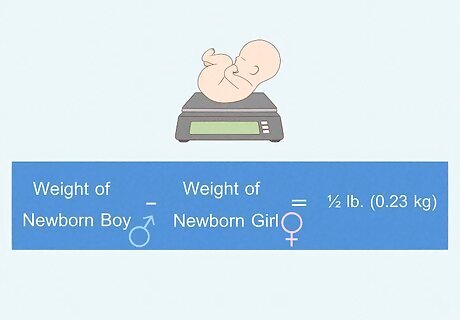
The weight difference between newborn boys and girls is negligible. The baby bump method relies entirely on baby boys weighing more than baby girls. However, the average weight differential between a newborn boy and girl is less than ⁄2 lb (0.23 kg). That’s just not enough weight in the uterus to be changing the physical shape of your body. Besides, other factors, like your fitness level and whether you’ve had kids before or not, have way more influence on your baby bump. Since the weight difference is meaningless, it doesn’t impact the height of the bump either. If such a small amount of weight were enough to change the shape of your stomach, having a big lunch would have a seriously dramatic impact on the shape of your tummy!
Accurate Ways to Predict a Baby’s Sex
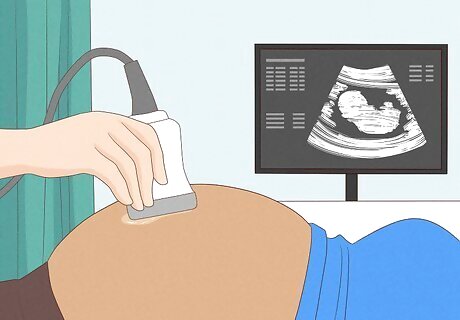
You can determine the sex when you get an ultrasound. Starting somewhere around the 12th to 16th week of pregnancy, you can ask the doctor or ultrasound technician to tell you the sex of the baby. However, most women will find out around the 20th week, when the results will be more accurate. There’s a 90-99% accuracy rate after 12-14 weeks of pregnancy, although the accuracy does go up the longer you wait. Most pregnant women get their first ultrasound around 6-8 weeks. You can ask the technician or doctor then about when they think they’d be able to determine the sex. Every pregnancy is different, after all!
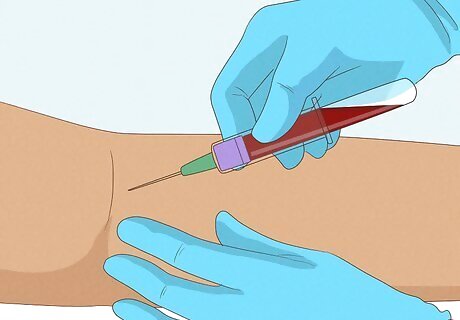
You can ask about the baby’s sex when you get an NIPT test. The NIPT (non-invasive prenatal test) is a genetic test available to all mothers that determines the risk of a child being born with certain genetic abnormalities or diseases. After 20 weeks of pregnancy, the NIPT panel has a 99% accuracy at determining the sex of a child. You can get this test as early as week 7, where it has a roughly 74% chance of getting it right.
Other Fun Myths to Predict a Baby’s Sex
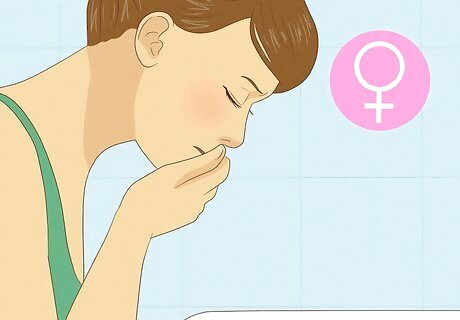
Some say you’re having a girl if you have morning sickness a lot. Morning sickness is exceptionally common in the first trimester of pregnancy. However, just how sick you get depends more on hormonal changes than anything else, and your child’s sex has no impact on your hormones. If you’re dealing with morning sickness frequently, there does seem to be some evidence that you may be having twins or triplets.
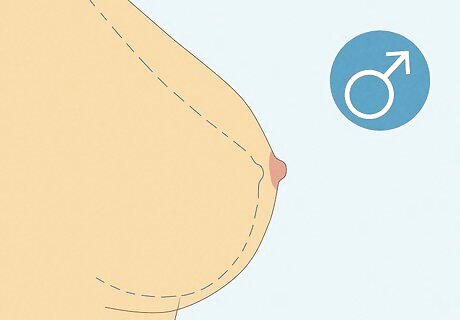
Many women believe that larger breast engorgement means it’s a boy. This myth goes back to the newborn weight discrepancy as well. Since a boy should theoretically weigh more than a girl, some women think that your body knows it needs to produce more milk, which makes your breasts grow bigger. However, there doesn’t seem to be any meaningful relationship between breast size growth during pregnancy and the sex of your child. There might be a little bit of difference breast growth, but it would be so miniscule that you probably wouldn’t notice. On top of that, you wouldn’t have anything to compare it to.
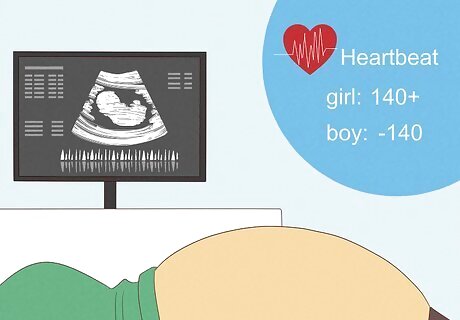
One theory suggests girls will have higher heart rates during an ultrasound. You can hear your baby’s heartbeat when you go to get an ultrasound in the third trimester. This old wives’ tale suggests that heart rate higher than 140 means you’re having a girl, and if it’s lower than 140 you’re having a boy. In reality, though, the heart rate for any baby can range from 110-160 beats per minute regardless of the sex. A baby’s heart rate can actually change from one ultrasound to another. It may be over 140 during the 18th week, and under 140 during the 20th week, for example.
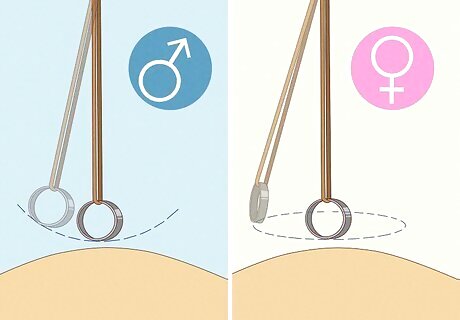
There’s a fun myth about the way a wedding ring dangles over your bump. Tie a piece of string around your wedding ring and lie down. Dangle the ring over the center of your baby bump and study the way it swings. If the ring goes side-to-side, you’re supposedly carrying a boy. If it swings in a circular motion, some people believe you’re going to welcome a baby girl into the world! There’s no real science behind this one. That doesn’t mean it isn’t a whole lot of fun, though!
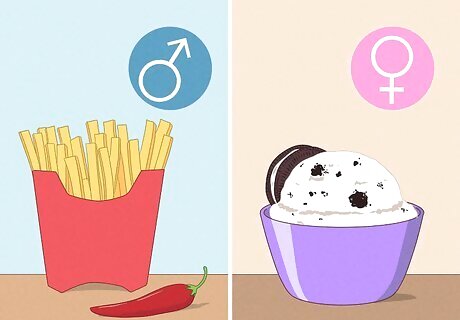
Supposedly, certain food cravings or aversions can hint towards sex. Ever hear that being grossed out to salads means you’re going to have a boy? Specific food interests and aversions have been suggested as a way of predicting a baby’s sex. There’s no indication that cravings and aversions during pregnancy have anything to do with the baby’s sex, though—your relationship with food changes due to fluctuations in the hormones your body releases. There’s an idea that dairy or high-fat cravings mean you’re having a baby girl, while spicy and high-protein foods signal you’re having a little boy. Some people suggest that craving salty food means you’re having a boy, and that if you want sweet food, you’re having a girl.


















Comments
0 comment